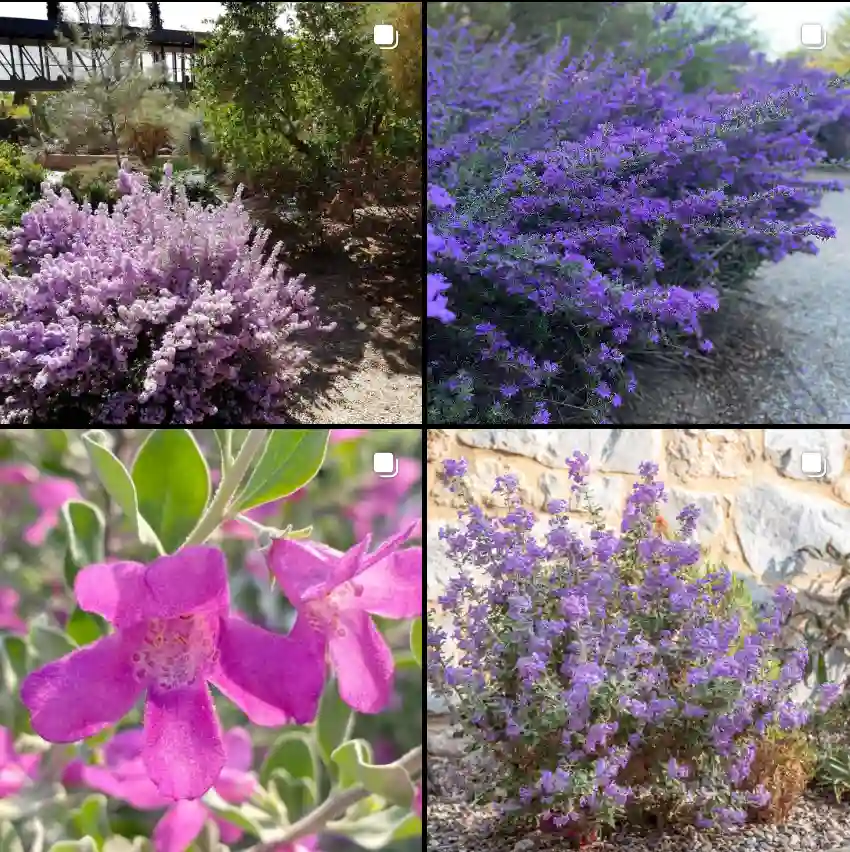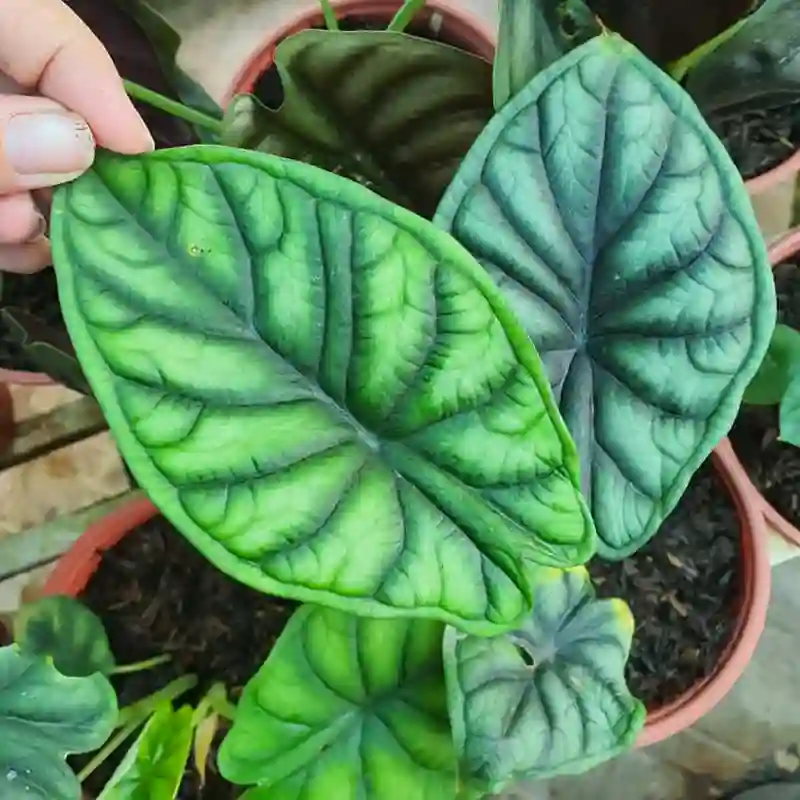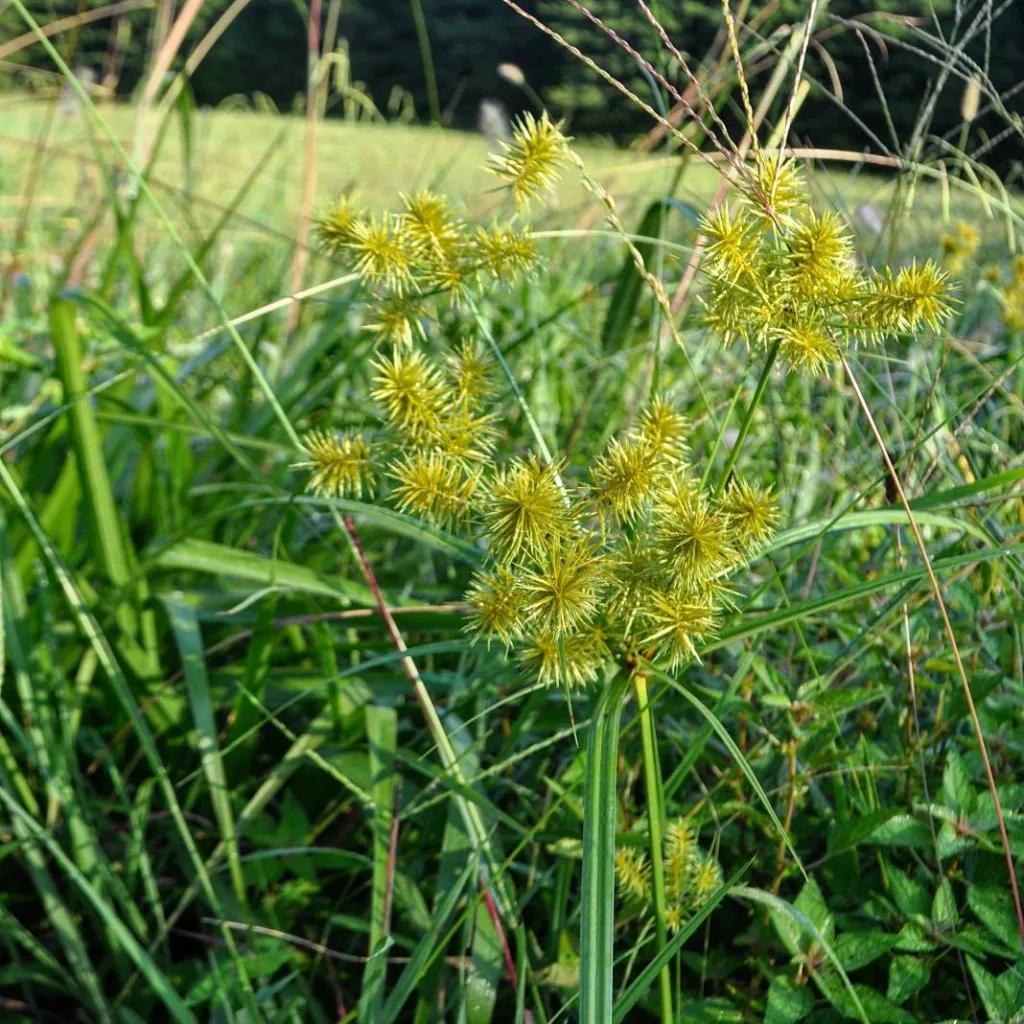What is the Puakenikeni Flower?
The Puakenikeni flower is a beloved bloom with deep cultural and traditional significance, especially in Hawaiian and Polynesian communities. Known scientifically as Fagraea Berteroana, this tropical flower is treasured for its intoxicating fragrance and stunning appearance. The name “Puakenikeni” translates to “ten-cent flower,” referring to the flower’s traditional price when used in leis—a beautiful tribute to its value and significance.
The Puakenikeni tree is more than just a flowering plant; it’s a symbol of love, honor, and respect. The blooms, which start off white and gradually turn yellow, orange, and then deep gold, are often used in leis that are exchanged during special occasions such as weddings, graduations, and other celebrations. The transformation in color is as symbolic as it is aesthetic, representing the beauty of change and the passage of time.
What is the Meaning of the Puakenikeni Flower?
The Puakenikeni flower carries a rich meaning rooted in Hawaiian culture. Traditionally, it symbolizes love, affection, and deep respect. This flower is often seen in leis, which are given to honor someone or to express heartfelt emotions. The gradual color change of the flower from white to gold symbolizes the deepening of feelings over time, making it a powerful representation of enduring love and cherished memories.
For many, receiving a lei made of Puakenikeni flowers is a gesture of high regard and deep affection. The fragrance alone evokes feelings of nostalgia and warmth, creating an emotional connection between the giver and the recipient. In Hawaiian tradition, flowers are not just decorative; they carry significant cultural and emotional weight, and the Puakenikeni is no exception.
When is the Puakenikeni Flower in Season?
The Puakenikeni flower typically blooms year-round in tropical climates, with peak flowering occurring in the warmer months. In Hawaii, where the climate is ideal, the tree can produce flowers almost continuously. However, the most abundant blooms are usually seen from spring through fall, when the weather conditions are optimal for growth.
Understanding the blooming season of the Puakenikeni flower is crucial for those who wish to use the flowers for leis or other purposes. The tree thrives in warm, humid environments, and during the peak season, it can produce an abundance of fragrant blooms. If you’re planning to grow a Puakenikeni tree or are hoping to gather flowers for a special occasion, timing your activities with the peak flowering season will yield the best results.
How to Care for a Puakenikeni Tree?
Caring for a Puakenikeni tree requires some dedication, but the rewards are well worth the effort. This tree thrives in tropical and subtropical climates and prefers well-drained, sandy soil. It’s important to plant the tree in a location that receives full sun, as sunlight is essential for its growth and flowering.
Watering is another key aspect of care. While the Puakenikeni tree is somewhat drought-tolerant, it does best with regular watering, especially during dry spells. However, be cautious not to overwater, as this can lead to root rot. A good rule of thumb is to allow the soil to dry out slightly between watering.
Fertilizing the tree during the growing season can promote healthy growth and abundant flowering. A balanced fertilizer with a higher phosphorus content will encourage bloom production. Pruning is also important to maintain the tree’s shape and to remove any dead or diseased branches.
How to Propagate Puakenikeni?
Propagating Puakenikeni can be done through seeds or cuttings. If you choose to grow the tree from seeds, it’s essential to start with fresh seeds and plant them in a well-draining soil mix. Germination can take several weeks, so patience is key.
For faster results, propagating through cuttings is a more reliable method. Take a healthy, semi-hardwood cutting from a mature tree, about 6-8 inches long. Remove the lower leaves and dip the cut end in rooting hormone before planting it in a pot filled with a well-draining soil mix. Keep the soil moist but not waterlogged, and place the pot in a warm, sunny location. Rooting can take a few weeks to a few months, after which the cutting can be transplanted to its permanent location.
What to Plant with Puakenikeni?
When planting a Puakenikeni tree, it’s important to consider companion plants that thrive in similar conditions. Tropical and subtropical plants that enjoy full sun and well-drained soil make great companions. Some options include Plumeria, Hibiscus, and Gardenia, all of which share similar water and light requirements.
Incorporating these companion plants can create a lush, fragrant garden that attracts pollinators and enhances the overall aesthetic of your landscape. Additionally, companion planting can help with pest management by attracting beneficial insects that keep harmful pests at bay.
Conclusion
The Puakenikeni flower is more than just a beautiful bloom; it’s a symbol of love, respect, and cultural heritage. Whether you’re interested in its meaning, its care, or how to propagate and plant it, understanding the nuances of this incredible flower will deepen your appreciation for its beauty and significance. Growing a Puakenikeni tree in your garden is a rewarding experience that connects you to a rich tradition and fills your surroundings with the sweet fragrance of aloha.
If i die, water my plants!



